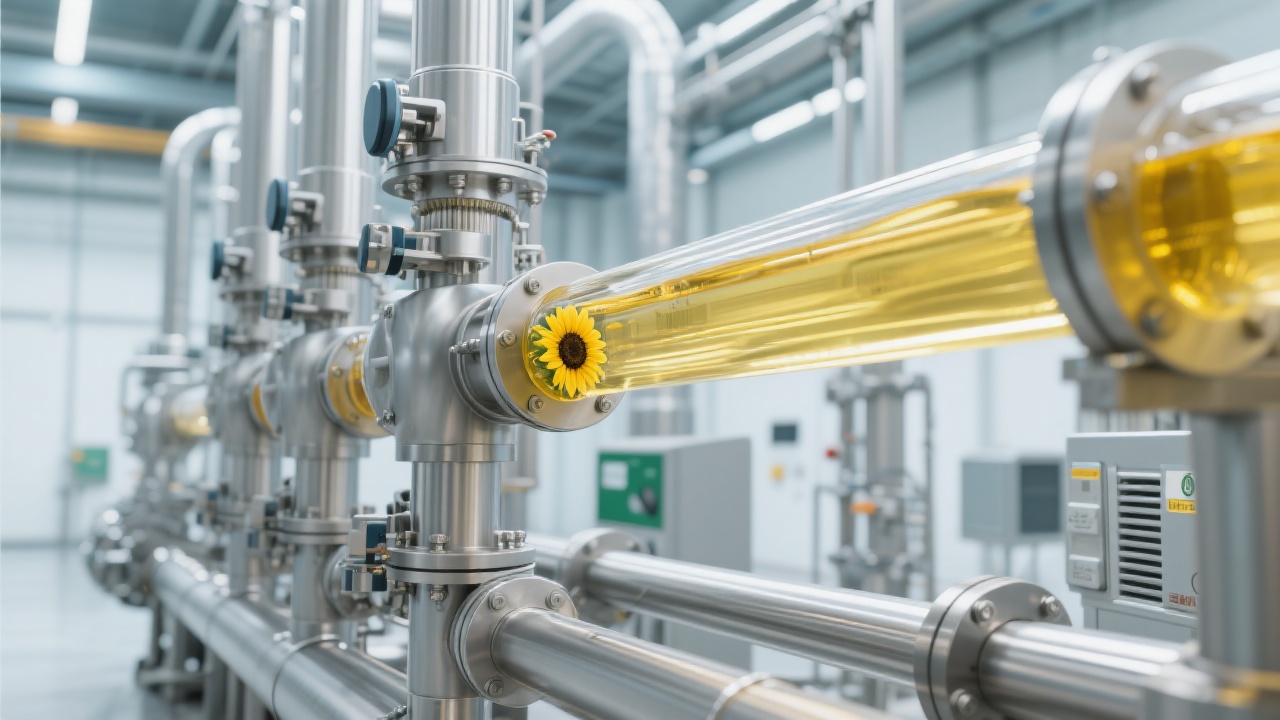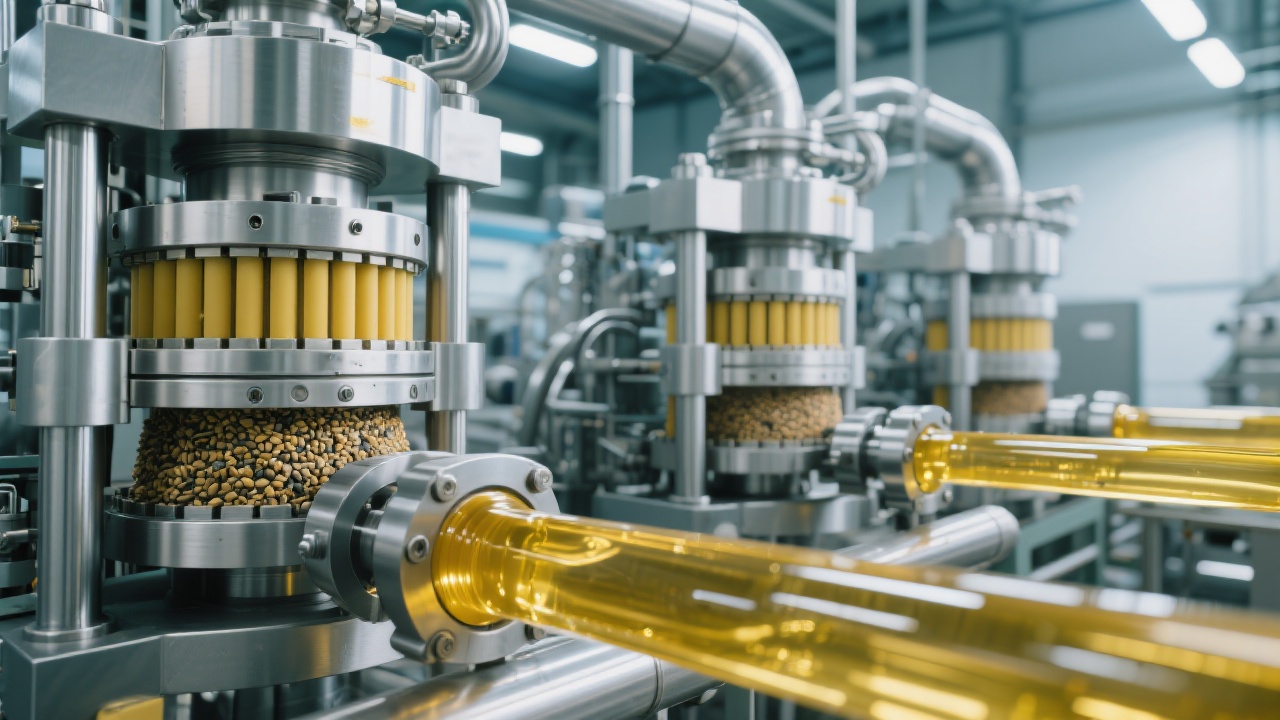
Sunflower oil is a popular edible oil known for its health - benefits, mainly due to its rich content of nutrients such as vitamin E and unsaturated fatty acids. The choice of pressing technology plays a crucial role in retaining these valuable nutrients. In this article, we will delve into the working principles and technological details of sunflower oil pressing machines, with a special focus on physical pressing.
Physical pressing of sunflower oil involves a series of steps from material pre - treatment to the actual pressing process. During material pre - treatment, factors like moisture content need to be strictly controlled. Generally, the moisture content of sunflower seeds should be adjusted to around 8% - 10% for optimal pressing results. This ensures that the seeds can be effectively pressed and that the oil yield is maximized.

In the pressing process, pressure and temperature are two key parameters. A pressure of about 30 - 50 MPa is commonly applied in physical pressing. The temperature is usually controlled below 60°C. This relatively low - temperature pressing process helps to retain the natural nutrients in sunflower oil. For example, vitamin E, which is easily oxidized at high temperatures, can be well - preserved under these conditions. Studies have shown that physical pressing can retain up to 90% of the vitamin E in sunflower seeds, while solvent extraction methods may only retain about 70%.
Let's compare physical pressing with solvent extraction and cold - pressing techniques. Solvent extraction is a common method in large - scale oil production. It uses solvents like hexane to extract oil from sunflower seeds. However, this method may leave trace amounts of solvents in the oil, which is a concern for health - conscious consumers. Moreover, the high - temperature evaporation process in solvent extraction can lead to the loss of some nutrients.

Cold - pressing is another option. It is carried out at a very low temperature, usually below 40°C. While it can retain a high level of nutrients, the oil yield is relatively low, often only about 70% - 80% of that of physical pressing. Physical pressing strikes a good balance between nutrient retention and oil yield, making it more suitable for small and medium - sized processing plants.
For small and medium - sized processing plants, physical pressing equipment has a relatively lower investment cost. The initial investment for a set of physical pressing equipment is about 30% - 50% lower than that of large - scale solvent extraction equipment. This makes it more accessible for small businesses.
In the health food market, consumers are increasingly concerned about the nutritional value of the food they consume. Physical - pressed sunflower oil, with its high retention of vitamin E and unsaturated fatty acids, meets the needs of this market segment. According to a market research report, the demand for health - friendly sunflower oil has been growing at an annual rate of about 15% in recent years.
In actual production, there are some common problems. For example, blockages in the pressing chamber may occur due to improper material feeding. To solve this problem, it is recommended to ensure a uniform and continuous feeding rate. Quality monitoring is also essential. Regularly testing the acid value and peroxide value of the oil can help to ensure the quality of the final product.
As industry expert Dr. Smith said, "Physical pressing is not only a technology but also a way to provide high - quality and healthy sunflower oil for consumers. It has great potential in the market, especially for small and medium - sized enterprises."
We encourage you to leave your comments and questions below. If you are interested in improving your sunflower oil production process and enhancing the quality of your products, click here to learn more about our advanced sunflower oil physical pressing machines and related technologies.

